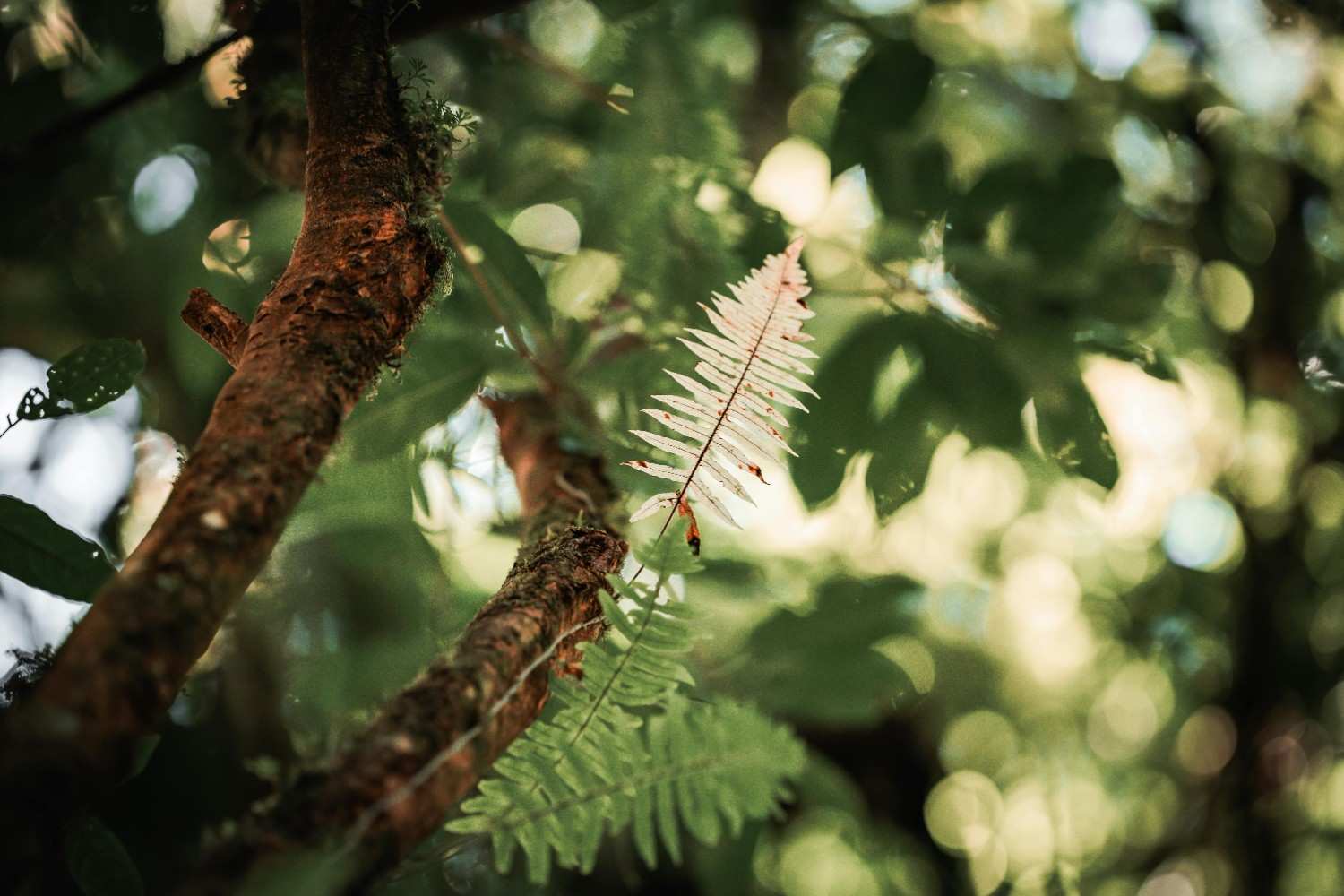Fig Tree: A Symbol of Balance, Growth, and Harmony
by Mark Hunt

The fig has a unique standing in both nature and culture. With its elegant form, edible fruit, and rich symbolism, it is the darling of the garden and the home. It is revered for its strength, beauty, and for providing?benefits to both the environment and our health.
Historical and Cultural Significance
The fig tree has ?been a symbol of peace, plenty, and community throughout history. Its reverence amongst ancient civilisations was that of a staple food and a source of guidance. It symbolises wealth and family in many?cultures. With its wide-spreading?branches and extremely long life, it was the obvious symbol of protection and strength.
For centuries, poets and artists have extracted meaning from?its shape and its fruit. It symbolised patience, wisdom?and balance in life. Even?today, it remains indicative, energising people looking for tranquillity and balance around them.
Fig?Tree: Unique Features
Fig Tree: Goes through thick, wide leaves with its coarse bark. Its dense foliage lends shelter and beauty?to the garden or courtyard. The way the tree is constructed really lends itself to a calming effect that makes you want to put your feet up and just relax.
The same is true for its innovative approach to making fruit. The flowers of the fig develop internally within the fruit itself, which gives?the characteristic fig shape, rather than external blossoms. The inner-hiding beauty?here means that the true value is often within.
Having strong roots helps the tree survive in different climates, even in dry conditions. It can endure harsh conditions, which demonstrates its endurance and natural balance as well.
Environmental Value
The fig tree is a vital tree that supports environmental health. The fruit is wildlife-friendly, providing?sustenance for insects and birds. The foliage consumes carbon dioxide and produces oxygen, thereby increasing air quality. This silent transaction is a win-win for both nature and humanity.
Urban planners have long promoted?fig trees in open areas because they have a cooling effect. Their expansive?canopy lowers temperatures around them and brings a softer glare from the sun. Their presence over time improves the ecology and character of?neighbourhoods.
Cultivation and Care
It is simply that a fig tree can?be easy to grow with a little regular attention. It grows best in well-drained soils and sunny?locations. Frequent watering promotes constant growth of the shrub; however, excessive watering can damage the roots.
Pruning opens up the tree to improved structure and airflow, reducing the ability for disease to become established. Gardeners prune old branches to facilitate new growth. This comprises natural compost, which replicates the soil and enhances the vitality of the plant. Fig trees are also often grown in large pots to enhance the beauty of terraces or patios. They can also be lived in, which gives them this versatility, and as such, they work well for many living spaces.
Nutritional and Health Benefits
Figs are very nutritious, coming from the fig tree. They are a great source of fibre, minerals, and natural sugars to help with digestion and boost energy. They have a light, sweet flavour when?fresh, and a much stronger taste and endurance when dried.
Balanced fig consumption can be beneficial for heart health and speeding up sugar metabolism. Wizard of Blues, without processed components, they are the perfect way to satisfy sweet cravings and offer a healthy and balanced snack option. Their mild sweetness also adds an extra touch to desserts, salads, and?breakfast bowls.
An aesthetic part of?home and garden design
Fig trees are also attractive and serve ornamental purposes in addition to their fruit. They also act as stunning centrepieces in the outdoors. They provide cover with their green canopy?and structure with their sculptural form.
Increased demand for indoor types, such as the fiddle-leaf fig, with its shiny, large leaves. They add a character and a fresh touch to the interior spaces, even to?the minimalistic or natural-themed décor. Wherever the fig tree is planted, its slow and?steady tranquillity and ancient elegance fill the space.
Symbolism and Meaning
The fig tree embodies wisdom, growth, and?renewal. It’s a predictable burst of blooms and?then fruit mirrors cycles of life. It?prompts contemplation on patience and consistency.
The roots?of the tree symbolise stability in many traditions, and the branches aspire to. The two together balance each other — staying?grounded yet lofty. This representation leads the fig?tree to become a meaningful feature of the garden and even symbolises calm in nature and within oneself.
Conclusion
The fig tree remains?an embodiment of resilience, grace, and sustenance. Farit’s shelter leaves and?its rays. If seen in a garden, on a balcony, or on a side table inside the home, it still allows the common man to connect with nature through the soft rhythm of sight.
Whether it is a root, leaf, or fruit, the fig tree teaches us the balance of growth and equanimity. Nurturing it is not limited to the earth; it fosters gratitude for the simple beauty and grace that life will always provide.
The fig has a unique standing in both nature and culture. With its elegant form, edible fruit, and rich symbolism, it is the darling of the garden and the home. It is revered for its strength, beauty, and for providing?benefits to both the environment and our health. Historical and Cultural Significance The fig tree has…